"It's Incredibly Hard To Mess Up" — Chefs Are Sharing The Pasta Dishes They Regularly Order When Dining Out, And The Ones They Would Never Order

Julia Child famously said, “People who love to eat are always the best people.” And studies show that Americans really love to eat pasta. We consume almost 6 billion pounds of pasta per year, proving that a heaping bowl of noodles is one of life’s great pleasures.
The shapes, sizes and sauce combinations are endless, from spaghetti to rigatoni to cavatelli. But are some shapes better than others? We interviewed Italian chefs nationwide on what you should and shouldn’t order when pasta cravings come calling.
The Best Pasta To Order At A Restaurant:
Spaghetti

Arguably the world’s most popular pasta shape, there’s a reason it’s a carb lover’s go-to. “Spaghetti is definitely the best to order at a restaurant because it is a world-renowned shape. Many restaurants make their spaghetti in-house because of how iconic the shape is, making it very high quality,” said Nadia Caterina Munno, a chef and author known as The Pasta Queen.
It’s also incredibly hard to mess up when cooking. “I usually order a longer noodle pasta like spaghetti. They’re usually more difficult to overcook, and generally, there’s a little more sauce to work with,” said Craig Richards, chef and owner of Lyla Lila in Atlanta, Georgia.
Tagliatelle
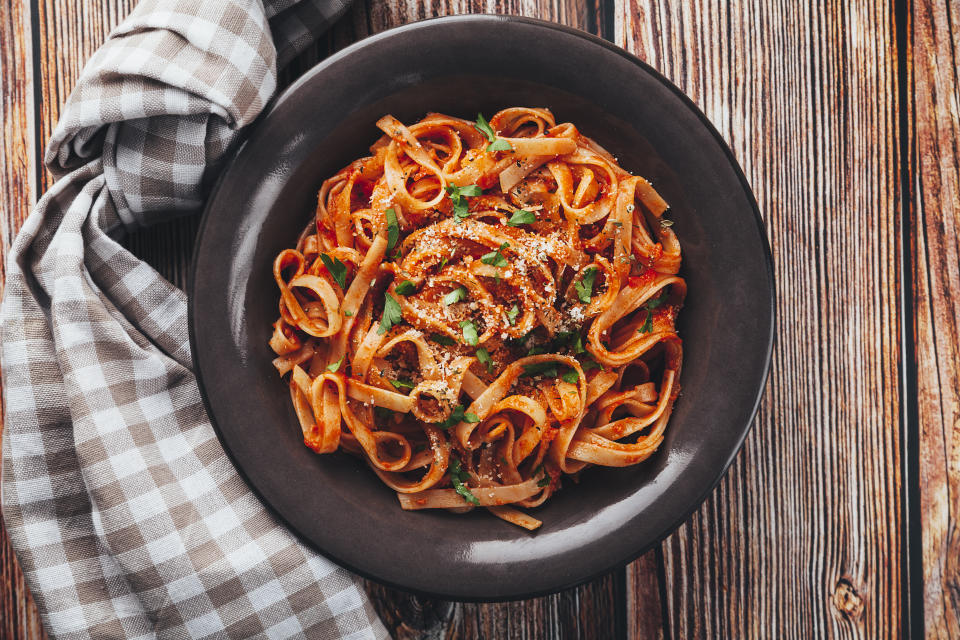
This northern Italian egg pasta is known for its long ribbon-like strands. Folklore says a chef created it to honor the golden locks of his soon-to-be-wife. Although history has since debunked that romantic tale, the pasta shape remains incredibly popular paired with meaty sauces like bolognese.
“Anything labeled tagliatelle will denote a hand-cut noodle. It is a great way of gauging a restaurant’s noodle quality and is generally worth the price tag because of all the labor and love that goes into it,” said Natalie Gullish, culinary director for the Sesame Collective in Portland, Oregon.
Paccheri

Ancient grains take on a new meaning with paccheri. This large tube-shaped pasta can be traced back to early Neapolitan times when it was considered peasant food.
“It holds a nice fresh tomato or bolognese beautifully, and the al dente bite is amazing and easy to execute,” said Joey Maggiore, executive chef of The Maggiore Group in Scottsdale, Arizona. Gianluca Gugliemi, executive chef of Donato & Co. in Berkley, California, echoes why paccheri is so beloved. “I believe those cuts of pasta are very hard to overcook, so you will get your pasta al dente like the Italians prefer,” he explained.
Radiatori
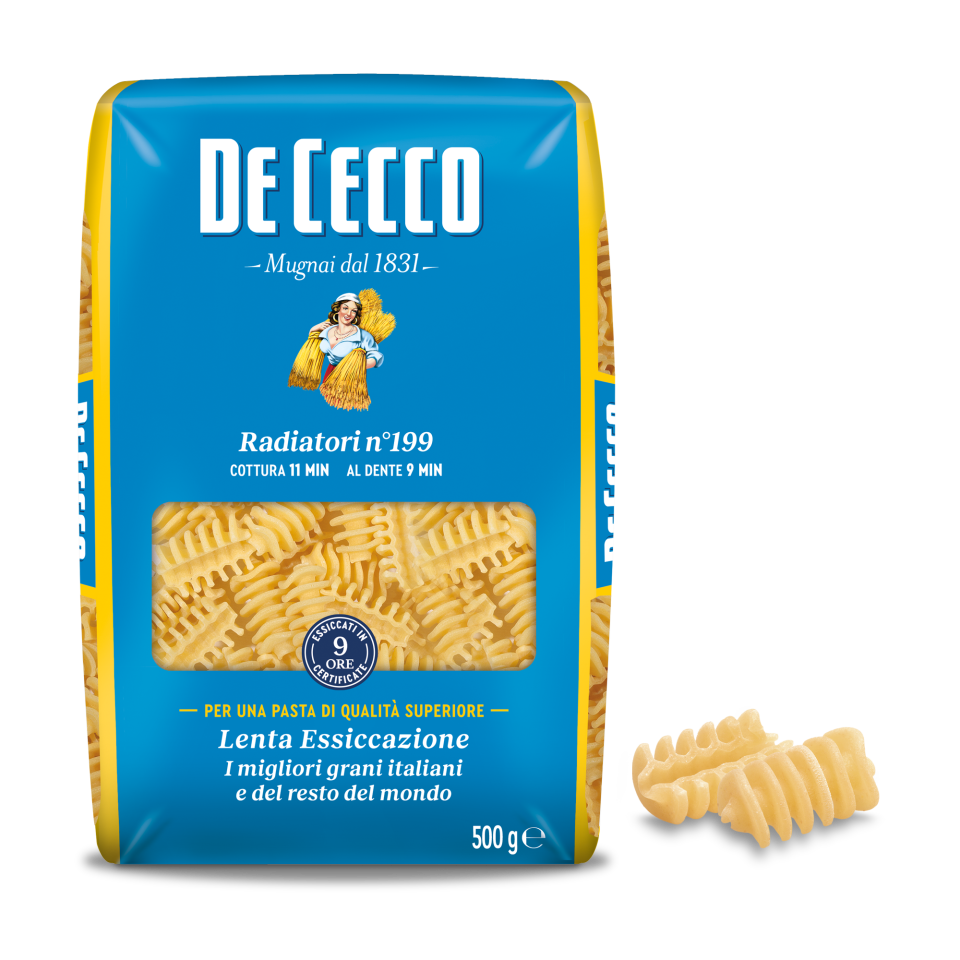
This relatively new pasta shape was invented sometime between World War I and II. Its name comes from its shape, which resembles a radiator. This small, rippled pasta is a sauce magnet and ideal for a fresh summer pasta salad. “Radiatori is my favorite and arguably the most versatile,” said Michael Kramer, the chef/owner Jianna in Greenville, South Carolina. “It can work well with light sauces like for vegetables or seafood but also works well with heavy meatier sauces like a short rib ragu or a bolognese.”
Cavatelli

Believed to be one of Southern Italy’s oldest pasta shapes, cavatelli means “little hollows.” Take one look at its small caved-in shape, and you’ll understand why. When you see it on a menu, there’s one big reason chefs say you should order it.
“This pasta can only typically be made fresh, so you know it’s house-made,” said David Gross, executive chef at Panzano in Denver, Colorado. “The pasta dough contains ricotta cheese and can be made with different flours to keep it adventurous. Soft in texture, this pasta can go with many different sauces.”
Fusilli
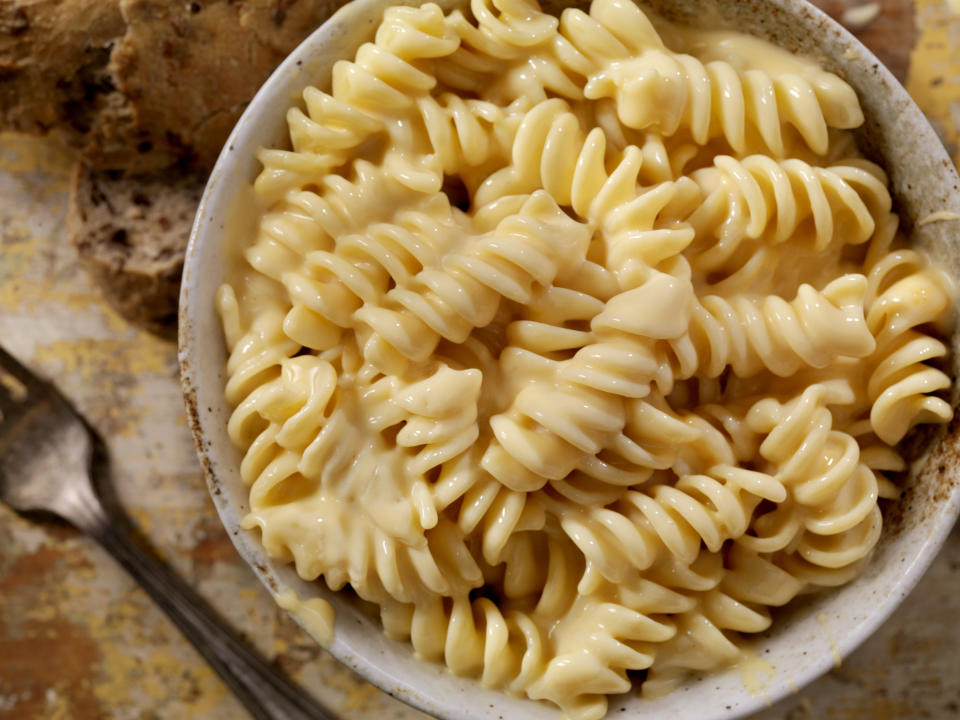
Meaning “little spindle” in Italian, this beloved Southern Italian shape is made from spaghetti strands rolled around a wire to dry. “Fusilli is a great pasta shape because its unique texture allows the sauce to coat it evenly, making every bite enjoyable and delicious,” said Barbara Pollastrini, executive chef of Restaurant Da Barbara in Los Angeles, California.
Ideal in soups, pasta salad or with a creamy, buttery sauce, its adaptability is another reason it’s a go-to in Italian restaurants around the world.
Tortellini
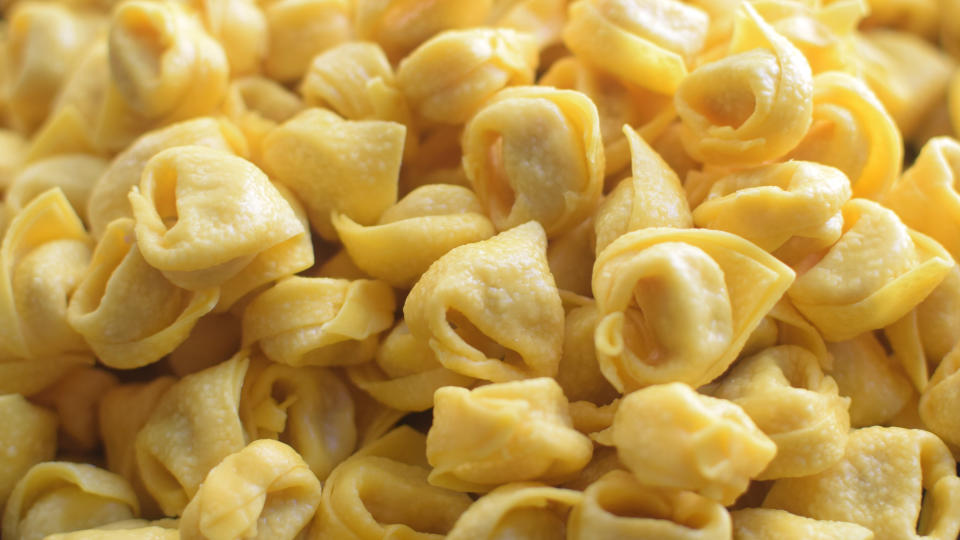
This legendary pasta shape traces its origins back to a small town near Bologna in the 1500s. Legend says it was created after an innkeeper spied on weary mythical guests Zeus and Venus, he shaped this pasta after Venus’ navel.
It is the only stuffed pasta to make the list; chefs recommend it for a very specific reason. “I think the notion of stuffed pasta can be such a blank canvas for creativity,” said Dane Baldwin, the chef/owner of The Diplomat in Milwaukee, Wisconsin. “The tortellini can be such a great vehicle for the sauce or broth, getting caught in the crevices of the pasta shape, and when paired with a harmonizing filling, wow, that is true synergy.”
The Worst Pasta To Order At A Restaurant:
Cappellini

Also known as angel hair, this is a much thinner and more delicate form of spaghetti. But for diners, it’s almost always a letdown. Difficult to perfect in a busy kitchen, it’s often found to be overcooked and clumpy.
“Cappellini is used only in soup in Italy due to it being an extremely thin and delicate pasta,” said Marcellino Verzino, chef and co-owner of Marcellino Ristorante in Scottsdale, Arizona. “Because of this, when served with any type of sauce, the pasta can “glue” together, and it is impossible to keep its identity.”
Penne
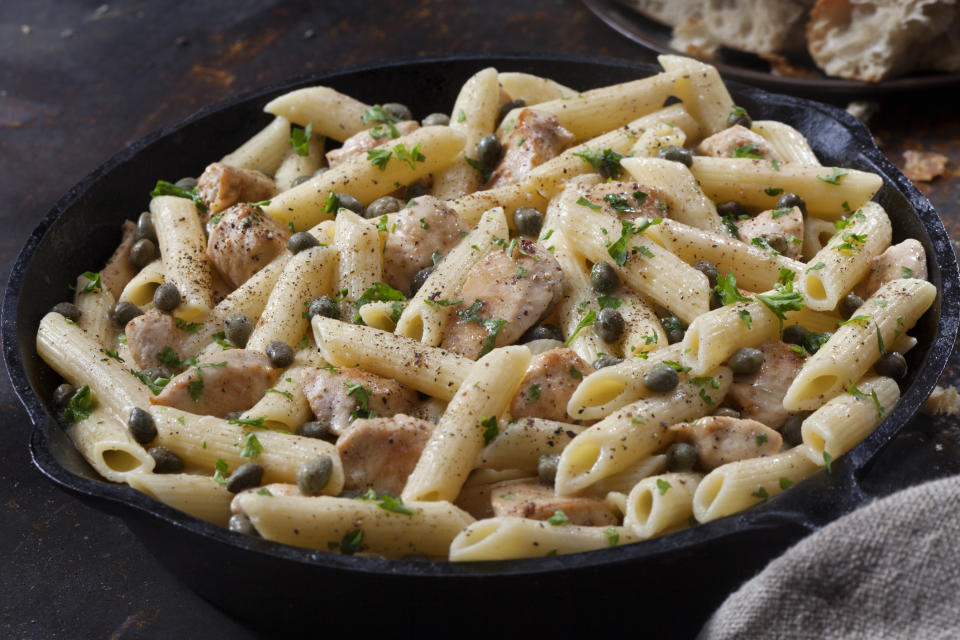
Often seen gracing the kids’ menus or accompanied by an a la vodka sauce, its inclusion on the list of worst pasta shapes to order may surprise you, but chefs agree: It doesn’t hold sauce or its shape well. “This tubal-shaped noodle can often collapse for many different reasons, such as over-hydrated dough or not a long enough dry time,” Gullish said.
Gnocchi
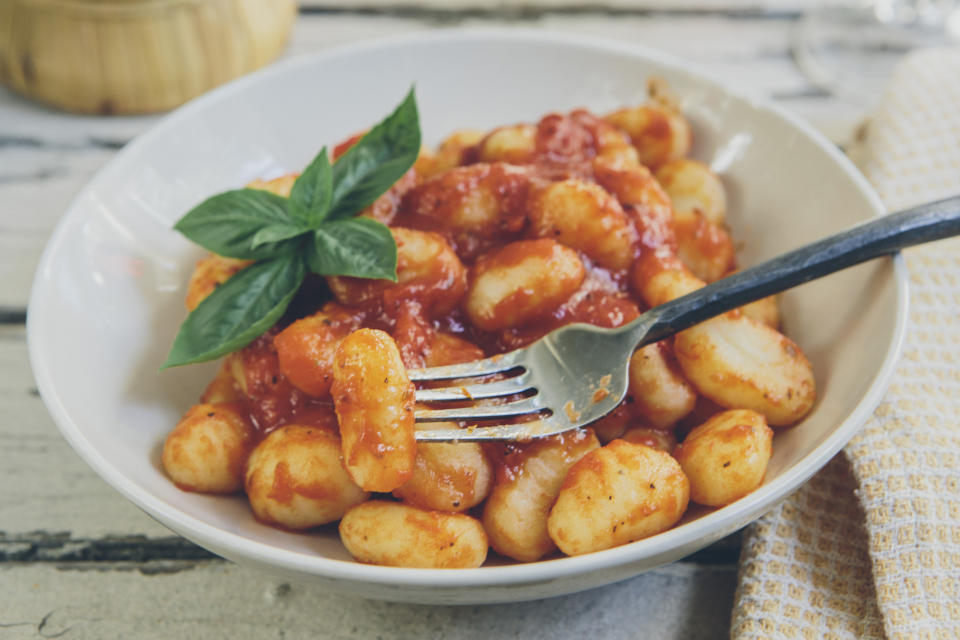
This Northern Italian pasta is actually made from potatoes. While it’s meant to be light and pillowy, it’s often served to diners thick and starchy, resulting in an extremely filling bowl of pasta.
“While the ingredients are simple (flour, potato and egg), gnocchi is a challenge to make well and is often bought ready in a bag,” Gugliemi said. “Unfortunately, if not made fresh or with a skilled hand, gnocchi can be gluey and unpleasant to eat.”This article originally appeared on HuffPost.

 Yahoo Lifestyle
Yahoo Lifestyle 
